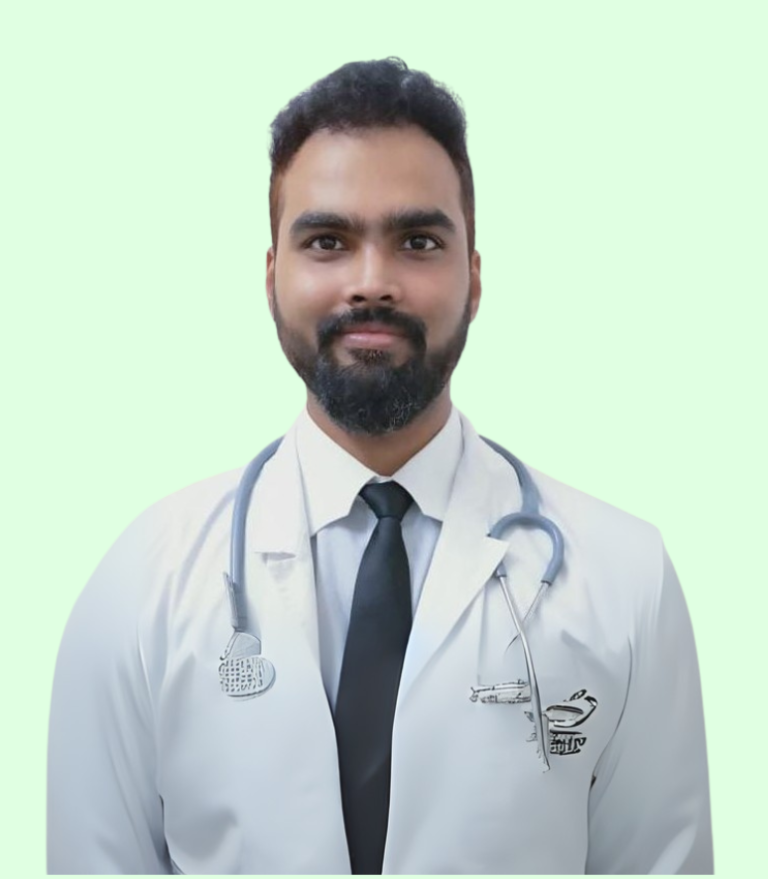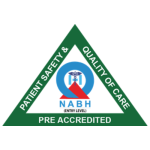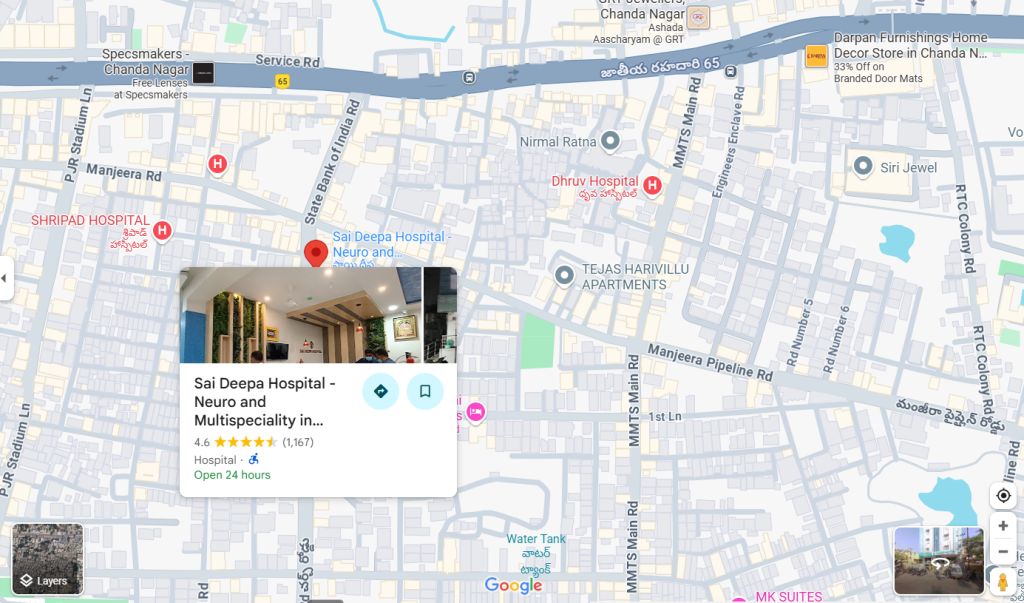What Is Laparoscopy & Endoscopy
- Home
- What Is Laparoscopy & Endoscopy
Laparoscopy & Endoscopy
Medical science has evolved rapidly in the last few decades, transforming how doctors diagnose and treat various conditions. Among the most significant advancements, laparoscopy and endoscopy stand out as minimally invasive procedures that have redefined modern surgery. These technologies allow physicians to visualize, diagnose, and treat diseases with precision while reducing patient discomfort, recovery time, and risks compared to traditional open surgeries.
Book Free Appointment
1L+
Happy Customers
25+
Qualified Doctors
50
Rooms
5000+
Successful Surgeries
Free
Consultation
24/7 Ambulance
Facility
Insurance
Claim Support
What is Endoscopy?
Endoscopy is a diagnostic and therapeutic procedure where a thin, flexible tube called an endoscope is inserted into the body. The endoscope has a light and high-resolution camera at its tip, which allows doctors to view internal organs on a monitor in real-time.
This technique does not require large incisions, making it far safer and less painful than older surgical methods. Physicians can use endoscopy to examine the digestive tract, respiratory system, urinary organs, and even perform minor procedures such as removing polyps, stopping bleeding, or taking tissue samples for biopsy.
Common types of endoscopy include:
Gastroscopy: Examination of the stomach and upper digestive tract.
Colonoscopy: Inspection of the colon and rectum.
Bronchoscopy: Visualization of the airways and lungs.
Cystoscopy: Used for bladder examinations.

Dr. Sasidhara Roa A
MBBS, MS
5000+ Successful Surgeries
11+ Years of experience
Dr. Sasidhara Rao A. is an experienced General and Laparoscopic Surgeon at Sree Sai Deepa Hospitals, Chandanagar, with over 11 years of expertise and 5000+ successful surgeries. He specializes in laparoscopic, laser, and microscopic surgeries, treating conditions like piles, fissures, varicose veins, and gallbladder issues.
Doctor’s Fellowships:
Fellowship - International Society of Coloproctology
Fellowship in Intimate Health
Fellowship in Diagnostic Endoscopy
What is Laparoscopy?
Laparoscopy is a surgical procedure that allows doctors to look inside the abdomen and pelvis without making large cuts. Surgeons insert a laparoscope (a long, thin instrument with a camera and light) through small incisions in the abdominal wall.
Unlike endoscopy, which primarily diagnoses conditions, laparoscopy is both diagnostic and therapeutic. Surgeons use it to operate on organs such as the gallbladder, appendix, uterus, ovaries, intestines, and liver. Laparoscopic surgeries are commonly referred to as “keyhole surgeries” because of their minimal incision size.
How Do Laparoscopy and Endoscopy Differ?
Although both techniques involve the use of advanced instruments with cameras, they serve different purposes.
Endoscopy usually involves natural body openings (mouth, rectum, urethra) to access internal organs, minimizing the need for surgical cuts.
Laparoscopy requires small surgical incisions to insert the laparoscope into the abdominal cavity, enabling doctors to treat internal problems more effectively.
Together, these procedures have significantly reduced the reliance on traditional open surgeries.
Get your surgery cost
Key Benefits of Laparoscopy & Endoscopy
Minimally Invasive Nature
Patients undergo far less trauma because these techniques require either no incision or very small cuts. This translates to reduced pain and faster healing.Shorter Recovery Time
Traditional surgeries may take weeks to recover from, while laparoscopic and endoscopic procedures often allow patients to return home within a day or two.Lower Risk of Infection
Small incisions or natural access routes minimize exposure, reducing the chances of post-surgical infections.Improved Precision
High-definition cameras provide clear visualization of organs, allowing surgeons to work with remarkable accuracy.Minimal Scarring
Unlike large surgical cuts, these procedures leave tiny scars, which are barely noticeable over time.Cost-Effectiveness in the Long Run
While the equipment used is advanced, the shorter hospital stays, fewer complications, and faster recovery make these procedures more economical overall.
Common Conditions Treated with Endoscopy
Endoscopy is widely used for both diagnosis and treatment of gastrointestinal and respiratory conditions. Some of the most frequent uses include:
Detecting ulcers, gastritis, and stomach cancer.
Identifying and treating colon polyps.
Locating internal bleeding sources.
Diagnosing chronic cough, lung infections, or airway blockages.
Managing urinary issues such as bladder stones or tumors.
By detecting problems early, endoscopy often prevents the need for major surgeries later.
Accreditations

Saideepaneurocare Hospitals is NABH certified, a mark of excellence in patient safety and care. We follow stringent healthcare protocols and maintain world-class hygiene standards.

We are ISO 9001 certified, ensuring the highest standards in quality management and patient care. This certification reflects our commitment to efficient processes and continuous improvement in healthcare services.
Common Surgeries Performed with Laparoscopy
Laparoscopic surgery has become the standard for many abdominal and pelvic procedures. Some common ones include:
Gallbladder removal (Cholecystectomy) – for gallstones or infections.
Appendectomy – removal of an inflamed appendix.
Hernia repair – reinforcing weak abdominal walls.
Gynecological surgeries – including ovarian cyst removal, hysterectomy, and infertility evaluations.
Bariatric surgery – weight-loss procedures such as gastric bypass.
Because of its minimally invasive nature, laparoscopy ensures patients can resume normal life much sooner.
The Procedure: What Patients Can Expect
Endoscopy
Doctors usually administer mild sedation or local anesthesia.
The endoscope is gently inserted into the body through a natural opening.
Real-time images are displayed on a monitor.
If necessary, minor treatments or biopsies are performed during the same session.
Laparoscopy
General anesthesia is given to ensure patient comfort.
Surgeons make a few small incisions in the abdomen.
Carbon dioxide gas inflates the abdominal cavity, giving better visibility and working space.
The laparoscope and surgical instruments are inserted through these incisions.
Surgeons complete the procedure with precision and close the incisions with stitches or surgical glue.
Risks and Safety Considerations
Both laparoscopy and endoscopy are considered safe, but like any medical procedure, they come with minor risks. Possible complications include:
Bleeding or infection at the incision site.
Reactions to anesthesia.
Rare injury to nearby organs.
However, with modern equipment and trained specialists, the risks remain very low. Hospitals follow strict sterilization and safety protocols to protect patients.
The Future of Laparoscopy & Endoscopy
Technology continues to push boundaries in minimally invasive surgery. Innovations such as robot-assisted laparoscopy, high-definition 3D imaging, and flexible video endoscopes are making procedures safer and more precise. Artificial intelligence is also being integrated to help identify abnormalities in real-time during endoscopy, enhancing diagnostic accuracy.
As research progresses, we can expect even less invasive techniques, faster recovery, and broader applications across multiple medical specialties.
Sai Deepa Hospital - Neuro and Multispeciality
Plot no 387, Church road, Huda colony, Chanda Nagar, Hyderabad – 500050
Conclusion
The introduction of laparoscopy and endoscopy has revolutionized the way doctors diagnose and treat diseases. These advanced procedures provide unmatched accuracy, quicker recovery, reduced risks, and greater patient comfort compared to traditional surgeries.
For patients, they mean fewer scars, less pain, and a quicker return to normal life. For doctors, they offer clearer visualization, more control, and better outcomes. Together, laparoscopy and endoscopy symbolize the future of surgical care—minimally invasive, highly effective, and centered around patient well-being.


